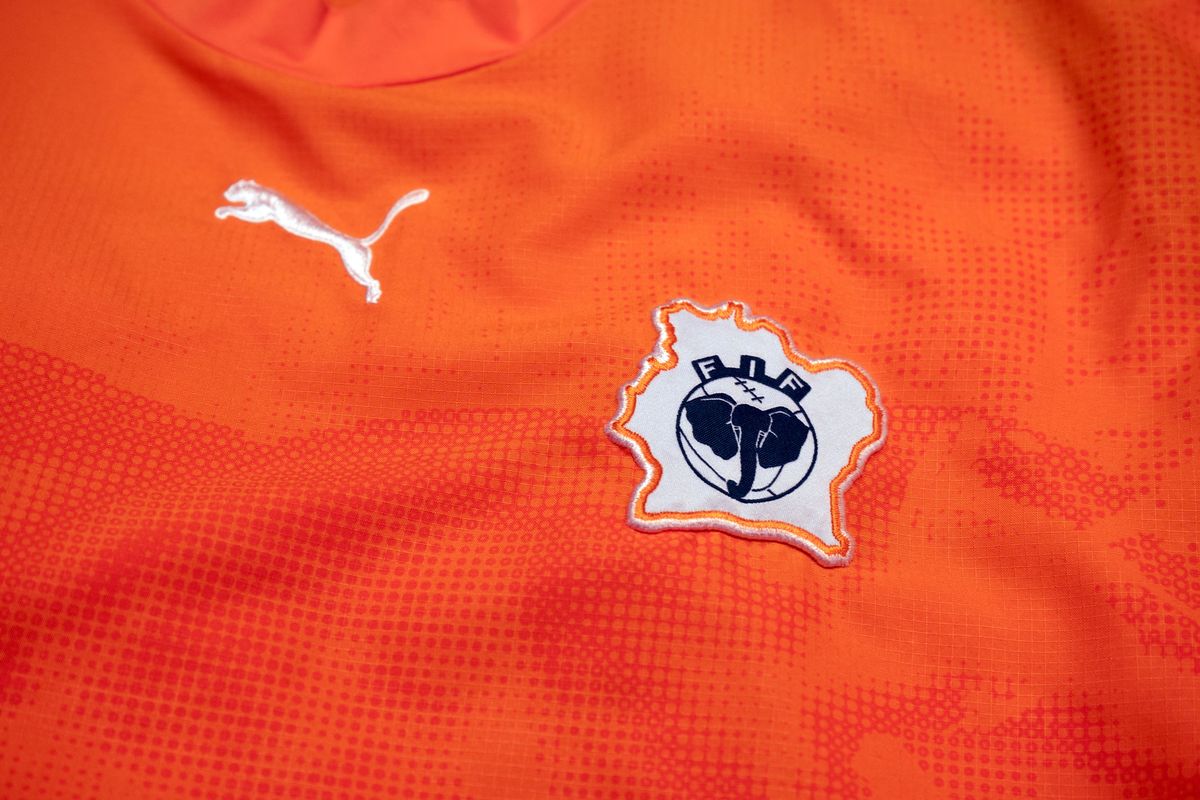The Collector: Bill Smith’s hobby achieves multiple goals

The World Cup is in full swing and University of Idaho professor Bill Smith has the perfect wardrobe for each game day.
Smith, director of the Martin Institute Program in International Studies and the Borah Foundation at the university, collects national team soccer jerseys – 150 and counting.
According to him, that’s “Not quite enough, yet.”
While in high school in the early 1980s he started playing the sport. He hasn’t stopped. Three times a week he hosts scrimmages at the Kibbie Dome for enthusiasts of all ages.
“I wasn’t really good at soccer, I just really, really liked it,” Smith said.
He watched his first World Cup in 1982, scrambling to tune into a UHF channel that aired it, and 10 years later his collection launched with a U.S. team shirt. It’s since grown at a pace of about five shirts a year.
On Thursday, Smith was at Gonzaga University as a presenter for GU’s “2022 Qatar FIFA World Cup & International Tolerance Symposium.” He brought much of his collection with him.
“These jerseys contribute significantly to national identity in many countries, and they and the teams that play in them even act as the main focus of nationalism in many countries,” he said. “The colors, badges and other symbols are important, a kind of modern-day heraldry that remains relevant.”
Smith explained jerseys worn by teams that live under a dictatorship like North Korea typically only sport that nation’s flag,
“There are exceptions, like China that just added a dragon badge a couple of years ago,” he said.
Other nations’ garb features badges often replete with symbolic imagery and subtle messages.
“Some countries don’t exist outside soccer,” said Smith, displaying jerseys from Northern Ireland, Scotland and Wales as examples – all part of the United Kingdom, but able to display their unique cultural identities on the soccer field.
His favorite is his Armenian jersey, a gift an alum, Ruben Tsarukyan.
“Armenia had a message,” he said.
The center of the badge features water and a mountain with a boat resting atop it. The mountain? Ararat – the place Noah’s ark supposedly rested. In 1923, a peace treaty drafted between Turkey and the Soviet Union allotted this land to Turkey. Armenia has yet to recognize the agreement.
Other jerseys reflect an inclusive message.
As an example, Smith held up Ghana’s red jersey with bright yellow sleeves and a black star in the center.
“Ghana was the first former colony in Sub-Saharan Africa to gain independence,” he explained. “How do you unite 90 different ethnic groups? In Ghana, they chose to play under the black star.”
At first glance, the badge on a Togolaise jersey is just a soccer ball. A closer look reveals the ball is comprised of hands of several colors.
Others feature religious imagery. An Israeli badge incorporates a menorah; a Japanese jersey highlights a three-legged raven clutching a soccer ball.
“In the Shinto religion, the raven brings messages from the gods,” Smith said.
His only player-issued jersey is one from South Africa.
“Nelson Mandela used sports to create the Rainbow Nation.”
A badge on a bright orange shirt contains the outline of a country with an elephant in the center of a soccer ball.
“This is from the Ivory Coast,” he said. “In 2005, they qualified for the World Cup and used that as a plea for peace.”
Smith adds to his collection via online sites or at stores that carry them. He said the cost varies.
“International jerseys are on a two-year cycle. They’re $90 and up at the beginning, and at the end of the cycle about $30,” he said. “It’s a gamble to wait to purchase those from smaller countries because the run isn’t very big.”
Though his jerseys fill a closet in his home in Pullman, they don’t gather dust. Every Thursday, he selects one to wear.
“This is a working collection,” he said. “I teach a class on sports and international affairs at the University of Idaho, and this is a favorite component of the class.”
Smith often wears a jersey when he’s traveling or out and about and that’s when the reason he’s focused his collection on national teams becomes clear. Strangers approach him and say, “Hey! You’re wearing my country!”
“I want to be able to talk to anyone I meet,” he said. “It’s a connection collection.”